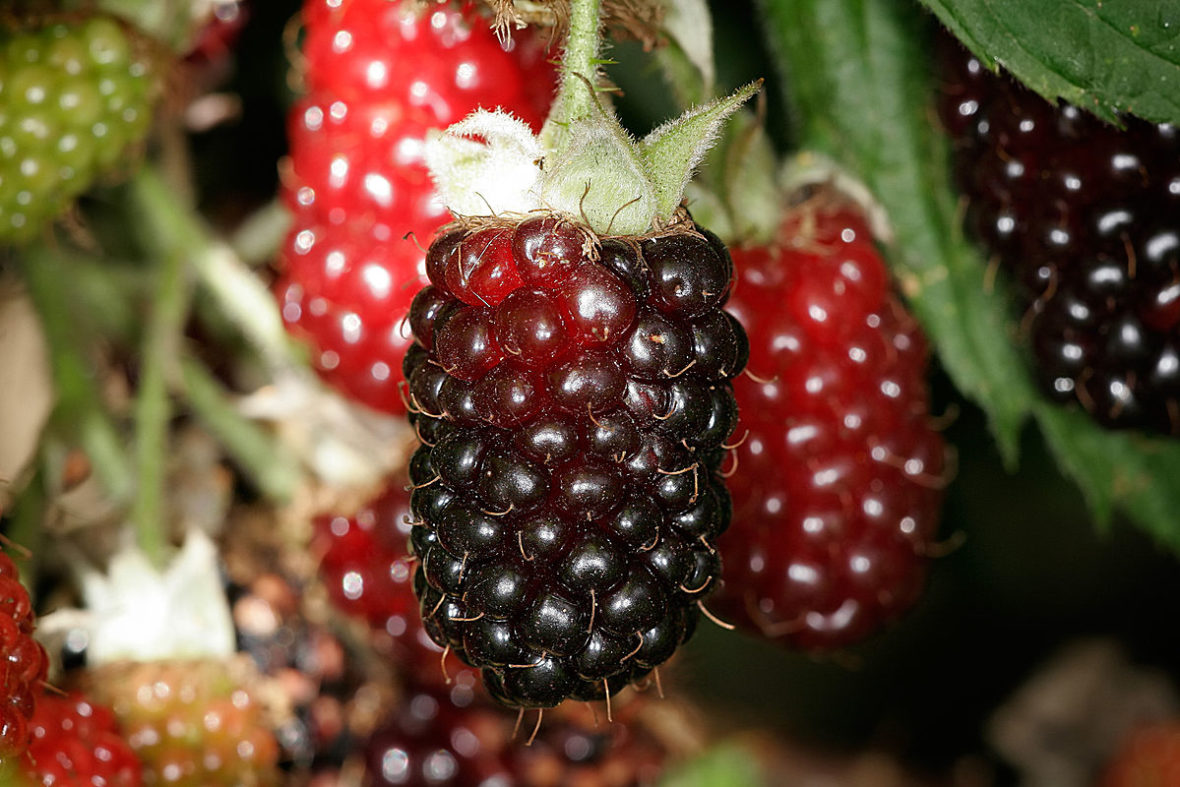Boysenberries are a cross among the European raspberry, European blackberry, American dewberry and the loganberry. It’s a large 8 gram aggregate fruit, with big seeds and a deep maroon color. Take a look below for 23 more fun and interesting facts about boysenberries.
1. The exact origins of the boysenberry are unclear, but the most definite records trace the plant as it’s known today back to grower Rudolph Boysen, who obtained the dewberry and loganberry parent from the farm of John Lubben.
2. Walter Knott as the first to commercially cultivate the berry in Southern California after finding the plant abandoned at Boysen’s old farm.
3. Knott began selling the berries at his farm stand in 1932 and soon noticed that people kept returning to buy the big, tasty berries.
4. As the berry’s popularity grew, Mrs. Knott began making preserves, which ultimately made Knott’s Berry Farm famous.
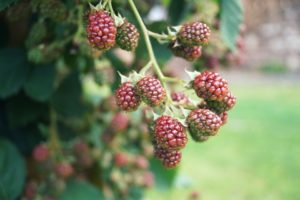
5. By 1940, 599 acres, or 242 hectares, of land in California were dedicated to boysenberries.
6. The number of land for cultivating boysenberries would trail off during World War II but peak again in the 1950s at about 2,400 acres, to the point where boysenberry crops exceeded those of the previously more common raspberry and blackberry.
7. By the 1960s, the boysenberry began to fall out of favor due to a combination of being difficult to cultivates, it’s susceptible to fungal diseases in coastal growing areas, and it’s too soft and delicate to easily ship without damaging.
8. In the 1980s, boysenberry breeding efforts in New Zealand combined cultivars and germplasms from California with Scottish sources to create five new thornless varieties.
9. As of the early 2000s, fresh boysenberries were generally only grown for market by smaller California farmers and sold from local farm stands and markets.
10. Most commercially grown boysenberries, primarily from Oregon, are processed into other products such as jam, pie, juice, syrup and ice cream.
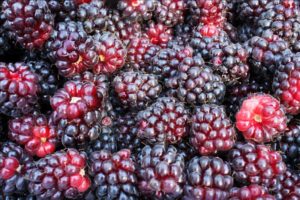
11. Since 2007, a hybrid variety called the “Newberry” or “Ruby Boysen”, was developed to overcome cultivation challenges that led to the decline in boysenberry popularity, and was marketed through farm markets and retailers in California.
12. As of 2016, New Zealand was the world’s biggest producer and exporter of boysenberries.
13. Boysenberries are high in vitamin C and fiber, which helps to reduce the risk of cancer.
14. It’s a rich source of anthocyanins, which are natural antioxidants that help maintain healthy brain cells and protect against oxidative damage.
15. Boysenberries help lower cholesterol and maintain heart problems.
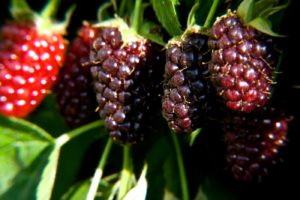
16. They’re important for pregnant women for the prevention of neural tube defects in the unborn baby.
17. They contain high levels of anthocyanins that work as antioxidants to help fight free radical damage in the body.
18. The boysenberry is one of the reasons that Knott’s Berry Farm became so famous.
19. Botanically named Rubus ursinus idaeus, it’s categorized as a dewberry, which is a trailing thorny plant that is commonly found in North America.
20. They have an extremely thin skin and high moisture content, which means that an extended shelf life is almost non-existent.
21. Boysenberries have unofficially been deemed a “superfood” which means that they’re a rich source of anthocyanins and natural antioxidants.
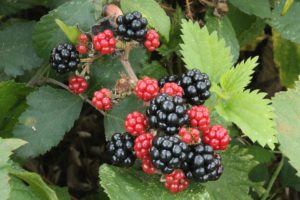
22. Boysenberries have an amazing potassium to sodium ratio, which can contribute to reduce the risk of hypertension. One cup of boysenberries contains 183 milligrams of potassium, compared to 1.3 milligrams of sodium.
23. They contain a lot of dietary fiber, which helps to prevent constipation. Fiber can also scrape cholesterol out of the arteries and blood vessels.

